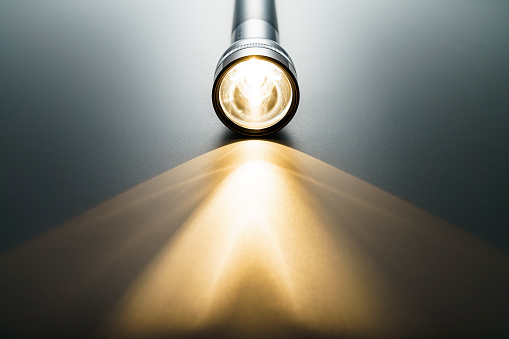Flashlights are essential tools for both outdoor and indoor activities. They help illuminate dark places and allow us to see in the absence of natural light. Flashlights also come in handy during emergencies like power outages and disasters. However, not all flashlights are created equal, especially when it comes to their ability to withstand water exposure. Water resistance and waterproofing are two features that are crucial to consider when purchasing a flashlight. Water-resistant flashlights can withstand splashes of water and rain, while waterproof flashlights can handle complete submersion in water. Understanding the differences between these two features can help you choose a flashlight that suits your needs.
Water Resistance
Water resistance refers to a flashlight’s ability to withstand exposure to water without getting damaged. Most flashlights are designed to be water-resistant to some degree. However, the level of water resistance varies depending on the manufacturer and model of the flashlight. When shopping for a water-resistant flashlight, look for one that has an IPX rating. The IPX rating system is used to determine a flashlight’s level of water resistance. The ratings range from 0 to 8, with 0 being not water-resistant and 8 being able to withstand continuous submersion in water.
For instance, a flashlight with an IPX4 rating can withstand splashes of water from any direction. This makes it ideal for outdoor activities like camping and hiking where there may be rain or water bodies like rivers or lakes. On the other hand, a flashlight with an IPX7 rating can withstand being submerged in water up to a depth of one meter for up to 30 minutes. This makes it suitable for activities like fishing, swimming, and scuba diving.
Waterproofing
Waterproofing refers to a flashlight’s ability to handle complete submersion in water without getting damaged. Waterproof flashlights such as Baton 3 Pro Max have an IPX8 rating, which means they can withstand continuous submersion in water at depths greater than one meter. If you plan to use your flashlight for activities that involve water, like boating or diving, the Baton 3 Pro Max flashlight is a must-have. Waterproof flashlights are also ideal for emergency situations like floods or hurricanes. They are designed to work even in extreme conditions, ensuring that you have reliable illumination when you need it most.
In addition to water resistance and waterproofing, there are other related factors to consider when choosing a flashlight. The brightness is essential especially when using it in the dark and exposed to water. Look for a flashlight like the Baton 3 Pro Max with a high lumens rating, which indicates how bright the flashlight is. The higher the lumens, the brighter the flashlight. Also, consider the durability of the flashlight. Look for one that is made from high-quality materials like aluminum or stainless steel. A durable flashlight can withstand drops, bumps, and other forms of impact, ensuring that it lasts for a long time.
In conclusion, understanding the differences between these two features and the IPX rating system can help you choose a flashlight that suits your needs. Additionally, consider other factors like brightness and durability to ensure that you get a high-quality flashlight that will last for years.







